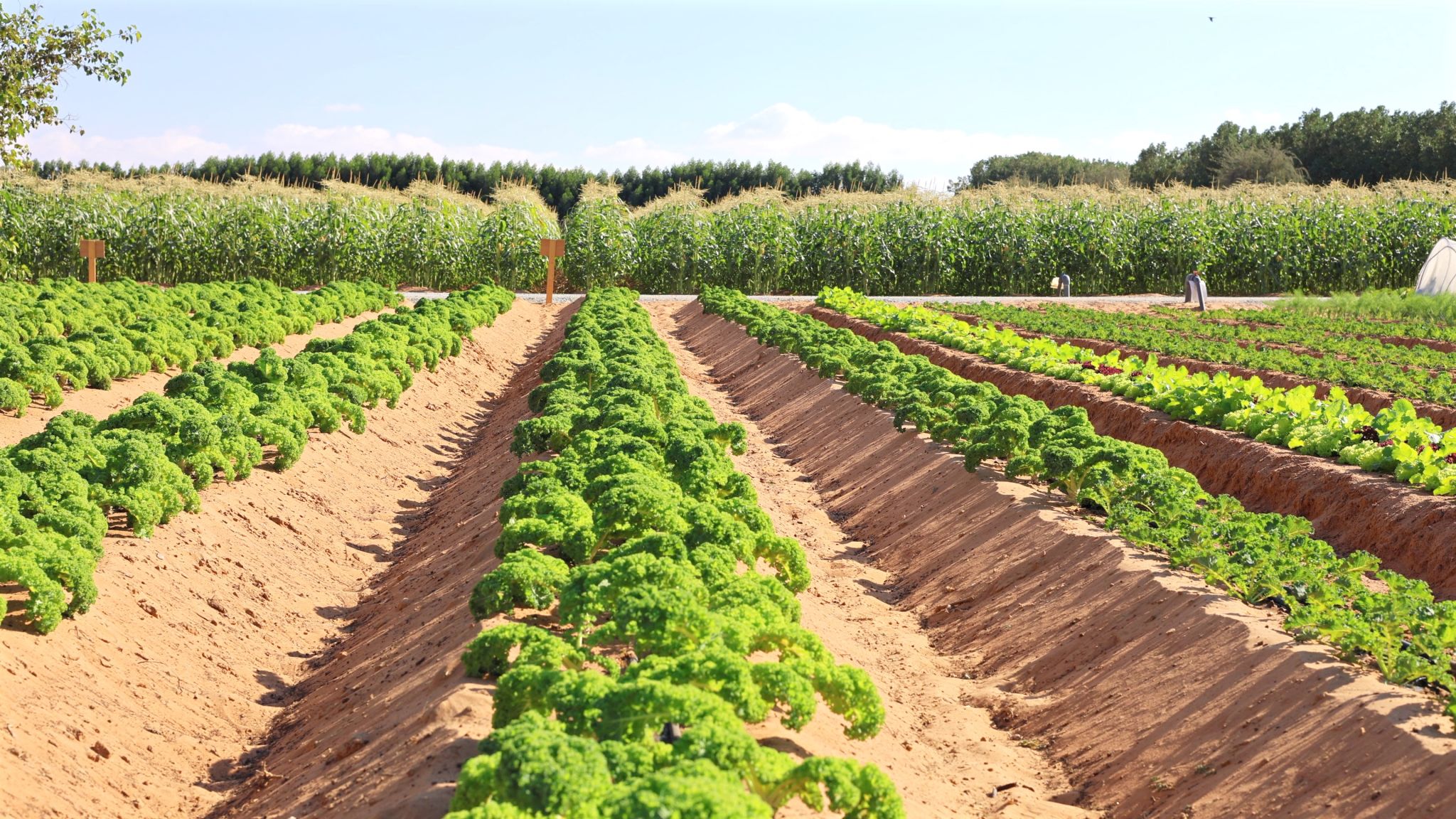Sustainable Farming in the UAE: A Look at Local Innovations
Introduction to Sustainable Farming in the UAE
The United Arab Emirates (UAE) is not traditionally known for agriculture, given its desert climate and arid conditions. However, recent innovations in sustainable farming have transformed this landscape, making it possible for the UAE to produce more of its own food. These innovations are crucial not only for reducing the country's reliance on imported goods but also for ensuring food security in the region.
Hydroponics: Growing Without Soil
One of the most significant advancements in sustainable farming within the UAE is the use of hydroponics. This method allows plants to grow without soil, using mineral nutrient solutions in a water solvent. Hydroponics is particularly beneficial in the UAE due to its ability to conserve water, a precious resource in the region. Farmers can produce crops like lettuce, tomatoes, and cucumbers with up to 90% less water than traditional farming methods.

Benefits of Hydroponics
The benefits of hydroponic farming extend beyond water conservation. It also allows year-round cultivation and faster plant growth. Furthermore, hydroponic farms can be set up in urban areas, reducing the need for transportation and thus lowering the carbon footprint associated with food logistics.
Vertical Farming: Maximizing Space and Yield
Vertical farming is another innovative approach gaining traction in the UAE. By stacking plant beds vertically, farmers can maximize their use of space. This method is ideal for urban environments where land is limited and expensive. Vertical farms use controlled environments to optimize plant growth, leading to higher yields compared to traditional farming methods.

Technology in Vertical Farming
Advanced technology plays a crucial role in vertical farming. Automated systems manage light, temperature, and humidity, creating optimal conditions for plant growth. This precision ensures that crops are not only abundant but also of high quality.
Aquaponics: A Symbiotic System
Aquaponics combines aquaculture (raising fish) with hydroponics to create a closed-loop system. In this setup, fish waste provides an organic nutrient source for plants, while plants help purify the water for fish. This symbiotic relationship is both efficient and sustainable, making it an attractive option for farms in the UAE.

Advantages of Aquaponics
The advantages of aquaponics include reduced water usage and the ability to produce both protein (fish) and vegetables simultaneously. This method also reduces the need for chemical fertilizers, making it an environmentally friendly option.
Government Support and Future Prospects
The UAE government has been proactive in supporting sustainable farming initiatives. Through policies and funding, they aim to encourage innovation and research in this sector. Initiatives like the National Food Security Strategy 2051 highlight the country's commitment to developing a resilient and sustainable agricultural system.
Looking Ahead
As these sustainable farming techniques continue to evolve, the UAE is poised to become a leader in innovative agriculture practices. By embracing these technologies, the country not only addresses its food security challenges but also sets an example for other regions facing similar environmental constraints.

